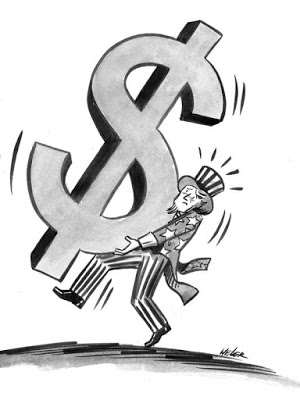

The US dollar has been unable to find any traction as US yields continue to move lower. The US 10-year year is slipping below 2.03% in European turnover, the lowest level in ten months. The risk, as we have noted, is that without prospects of stronger growth and inflation impulses, the yield returns to where was before the US election (~1.85%). The two-year note yield, anchored more by Fed policy than the long-end,is also soft. It yielded 1.25% today, the same as the upper end of the Fed funds target range, and the rate that the Federal Reserve pays on all bank reserves (not just excess reserves).
Moreover, the developments over the past 24 hours suggest that the divergence theme between the US and Europe remains intact. Although Draghi indicated the level of concern about the euro has increased since July (something that a few members cited in then compared to “most” now), he also signaled a gradual process of “calibrating” the adjustment of the program (within current parameters).
At the same time, comments from Fed officials this week, ahead of the blackout period in front of the FOMC meeting, the consensus appears to remain intact to begin allowing the Fed’s balance sheet to be shrinking. The process will also begin slowly ($10 bln a month), but in Q3 18, this will have been gradually ratcheted up to $40 bln a month. The ECB’s balance sheet may still be expanding.
The euro neared $1.2100 in late Asian turnover but is trading a bit heavier in Europe, but it has mostly remained above levels seen at the end of the North American session yesterday. There is a 585 mln euro option struck at $1.2050 that may be in place. The $1.2165 area corresponds to a 50% retracement of the euro’s slide that began in mid-2014. Above there, and some are already forecasting it, a move toward $1.25-$1.26.
Note that Draghi indicated that the euro had averaged around $1.18 when the staff made its forecasts. The euro’s continued appreciation will impact the next set of forecasts. At the same time, it appears that the staff forecast changes were less than one would have thought based on the pass-through from the currency strength.















